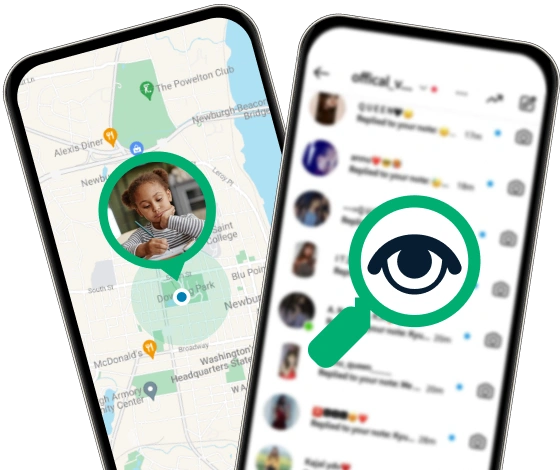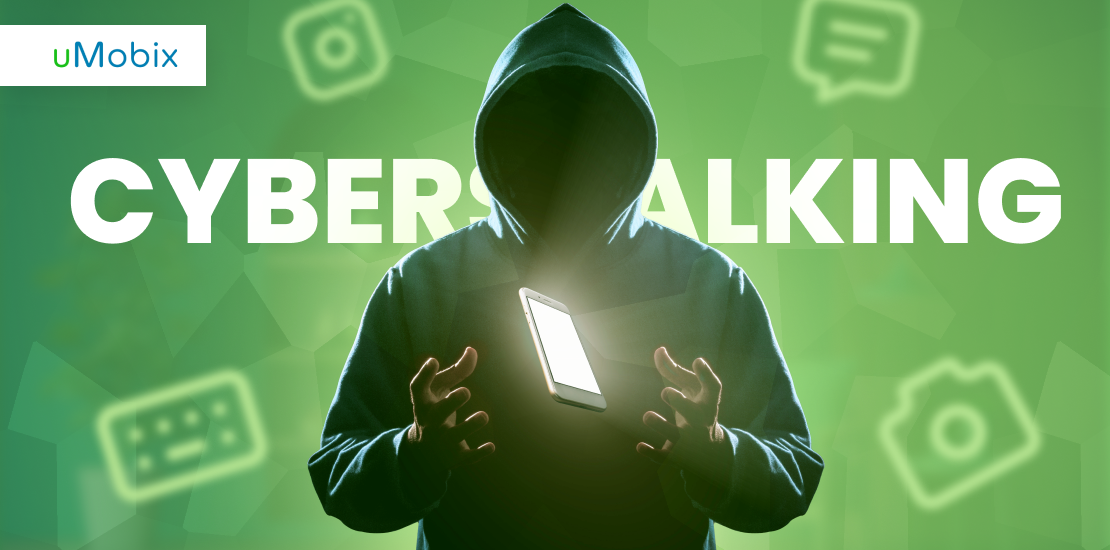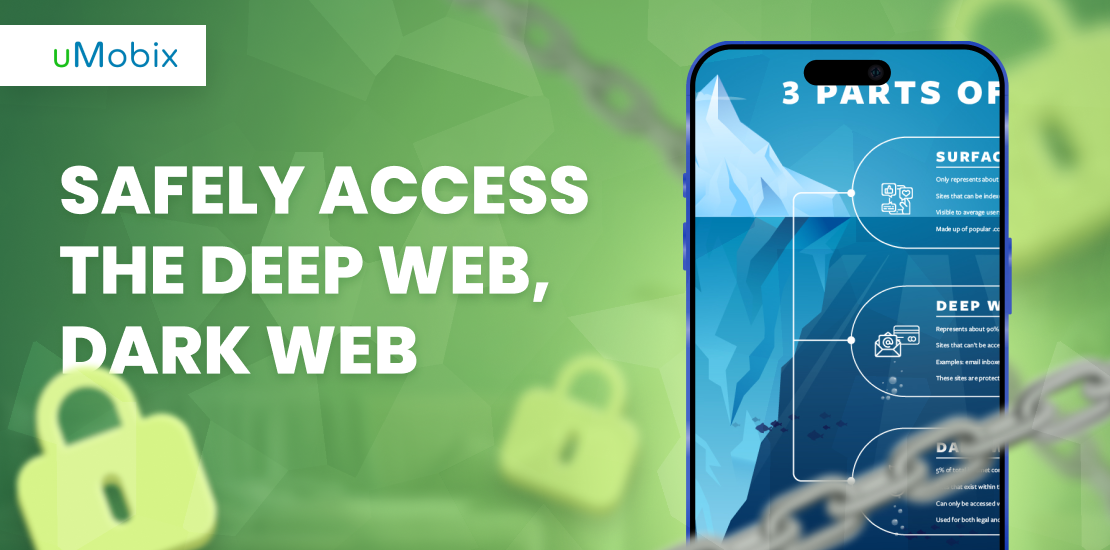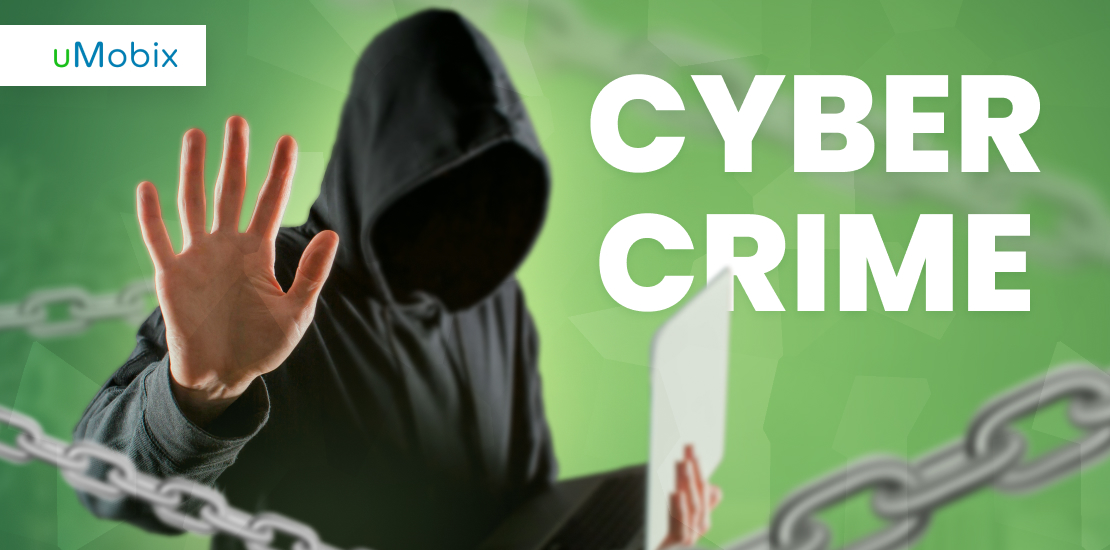Cyberstalking is a crime. This post will help you define what it is and what you can do about it.
What Is Cyberstalking?
Cyberstalking, or Internet stalking, involves using the Internet or similar methods to harass or stalk an individual or a group. Often, a stalker does not only stalk online but in real life as well. However, even if they do not stalk in real life, cyberstalking can still be an issue that leads to mental health crises and other issues. In severe scenarios, it can even lead to death.
Recently, there have been more laws against cyberstalking and cyber harassment. However, not everyone knows its exact definition. This post will aim to educate people about cyberstalking and their options if they feel they are a victim.
If you want some cyberstalking statistics, one interesting fact is that in 2019, nearly 3.4 million people were victims of cyberstalking, according to the Department of Justice. However, these statistics only accounted for people over 16, and because not everyone being cyberstalked reports it, the number is probably much higher.
Direct and Indirect Cyberstalking
Cyberstalking tends to be divided into direct and indirect actions. An indirect cyberstalker may lurk on someone’s social media and even create an alternate account to view it should they be blocked. They may start rumors about the person on online message boards or social media accounts. They may sign the person up for unsolicited emails.
Meanwhile, direct cyberstalking involves sending the target harassing emails, DMs, or other forms of direct communication. A person who has been cyberstalked may feel unsafe even if they have never met their stalker.
Examples of Cyberstalking
If you’re asking, “What do cyberstalkers do?” this section will answer. A cyberstalker may send messages to the target that are threatening, lewd, or creepy to a person. They may try to join forums and social media for the sole purpose of following their target. Cyberstalkers tend to have many burner accounts they use to target a person, helping them to evade blocks. A cyberstalker may post revenge porn of their target or make up false information about them. Finally, some stalkers may hack into a person’s account or use spy devices to track them.
Not all cyberstalking is necessarily a negative action. For example, a stalker may give gifts or money to their target. In short, Internet stalking is best defined as repeated, unwanted actions towards a person.
Another way someone can be cyberstalked is if they get hacked; the stalker uses malware that can watch them. Stalkers can use electronic stalking devices to view personal messages and other information that a person may keep private.
How to Prevent Cyberstalking
Unfortunately, cyberstalking is a bit more challenging to prevent than regular stalking. The reason for this is that a person can make multiple accounts. However, there are some ways you can reduce your chances of cyberstalking, including:
- Strengthen your privacy settings on your social media so that only verified friends and followers can see your information.
- Have a unique username for each website you are on.
- Never post personal information or something that may be used against you online.
- Change your passwords frequently.
With that said, it can be a challenge to avoid cyberstalking completely. All it takes is one bad relationship or you to say the wrong thing on the Internet for someone to start following you with no plans of stopping. This sentiment applies further if you are a person of interest or have a high follower account online.
Consequences of Cyberstalking
Many believe cyberstalking has few consequences compared to physical stalking, thinking the victim should ignore the harassment or turn off their computer. However, the Internet is an essential tool in our lives nowadays, and not everyone can ignore it.
If someone receives enough harassment, they may feel anxious, depressed, or fearful. For example, they may fear going on the Internet every time and be paranoid that someone is always following them.
Not only that, but it is possible that cyberstalking can go from the Internet to the real world. If a person is not getting what they want through cyberstalking, they may begin to stalk you IRL.
In extreme cases, cyberstalking and cyberharassment have to lead to death, including suicide or homicide.
Because of this, many states have put laws on the book to help combat cyberstalking. Let’s discuss some of them.
Cyberstalking Laws
As mentioned, blocking a person is insufficient, as they can make more accounts. Not only that, but they don’t even have to interact with you to cyberstalk (they can spread false information about you on social media to their peers or people you know.)
Some cyberstalkers may lose interest, but many are persistent and continue to stalk a person for years, with the only hope for the victim being the law. You may wonder if the law protects
individuals from cyberstalking in the United States.
While there are no federal laws on cyberstalking, all states have laws relating to cybercrimes. In many cases, it is possible to prosecute someone for cyberstalking you or at least make them face some consequences.
Ultimately, you need to look at the laws available in your state if a person is stalking you or stalking someone you know. In most cases, the laws will define cyberstalking as someone being a credible threat to another person and pursuing them in a way that would cause emotional distress to a reasonable person.
What Should You Do If You Are the Victim of Online Stalking?
Here are the main rules of the person’s behavior when they are stalked:
Don’t Engage Beyond Asking Them to Stop
Many cyberstalkers thrive off attention. Because of this, you want to avoid giving them the attention they’re craving. With that said, send them a “Do not contact me again” message; if they keep pursuing you, you can use this as evidence.
Tell Others
If you have a cyberstalker, tell everyone close to you about it. Many cyberstalkers wish to make libelous claims about a person, and by preemptively telling people about it, you can reduce any damage.
If you have a large following, you might also want people to be aware of the person. You want to word it in a way that does not invite more cyberstalking.
Block and Report
While not foolproof, blocking the person and reporting them to the website administrators may be one way to slow them down. When blocking and reporting, always be sure that you don’t interact with them as you do so.
Collect Evidence
Be sure to screenshot everything your cyberstalker says and archive any message they send you. When pursuing legal action, these evidence pieces can become vital towards putting them to justice. Also, even if their profile is deleted, the website they are on might have archives. Sometimes, the website might have to hand that over if you pursue legal action against a person.
Beware of Malware
Some cyberstalkers may be tracking you through malware. Never click on a suspicious link; always use tools to scan for and delete malware.
If You’re a Parent
If you suspect your children are being cyberstalked, one thing you can do is install uMobix, for instance, a parental control app and a phone tracker. With this, you can view any interactions they receive and use that to collect evidence. You can install it on your target contact device by using their target online phone number to open their cloud or by installing it remotely.
Many children and adolescents do not know how to handle a cyberstalker, and they may give away too much information or take their emotions out in dangerous ways. A tracking app is a way you can ensure this does not happen.
Final Words
Cyberstalking is a serious crime and not one you should take lightly. However, knowing your rights and learning how to handle a cyberstalker can ensure that you can stay safe.
FAQ
Yes, it is. Stalking, both in-person and online, is a crime that could lead the culprit to face severe consequences for their actions, including removing their Internet access, jail time, fines, and more. If you're a victim of cyberstalking, you have the right to seek legal counsel and stop the crimes.
On the Internet, everything is in stone. Archive and screenshot every interaction the stalker has towards you. In addition, show that you have told them not to interact with you. Being able to document any emotional damage the cyberstalker has given you is also a way you can prove cyberstalking. The laws can differ depending on your state, so be sure you meet the criteria.
While difficult, it is not impossible. One way you can stop someone from cyberstalking you is to increase the privacy settings on your social media. In addition, you can make new accounts on the websites you use and use a unique name for each of them. Finally, threatening legal action and telling them to stop can also be a valuable tool towards getting someone to stop stalking you.
Both cyberbullying and cyberstalking go hand in hand. One example would be if your child received messages from someone with abusive language, then if they blocked the person, they would create another account and find them on their other social networks.
Many children are victims of cyberstalking and cyberbullying. As a parent, you want to ensure that this does not happen to your child. If something seems off about your child, investigate the situation and see if they are a victim of a cybercrime.





